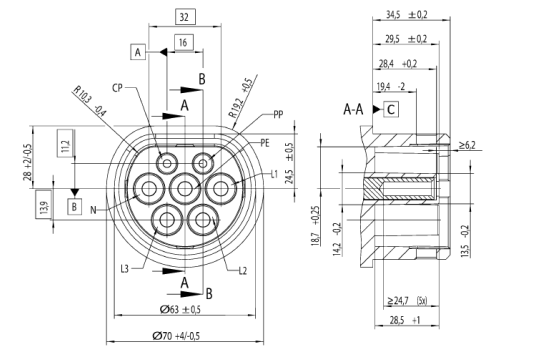What is the regulation of vehicle connectors?
The promotion of electromobility requires establishing an organized development from the initial phases, aiming to generate a regulation that seeks to take care of the quality of the supply of electric vehicles available in the country and the user experience. For this to happen, it is essential to work on accessibility to the recharging network on public roads throughout the country, achieving adequate compatibility and safety conditions. Likewise, it is necessary to have elements for monitoring the energy associated with the transport sector for the adequate design of energy policies.
Compatibility between vehicle and charger connectors may have operative consequences as well as in safety, depending on the charging power. The connectors transmit energy as well as information between the charger and the vehicle to manage the charge.


In this sense, during 2020 the MOVÉS Project collaborated in meetings with technicians from the DNE, UTE and URSEA, which led to the generation of a UNIT Technical Committee for the creation of a Direct Current Connectors (DC) Standard: Standard 1234: 2020, Conductive charging system for electric vehicles (tabs, sockets, vehicle connectors and vehicle input connections, standardized formats).

Currently, the MOVÉS Project is working together with the MIEM so that vehicle connector regulations takes into account the UNIT 1234:2020 standard and the UNIT-IEC 61851-1: 2017 Standard conductive charging system for electric vehicles – Part 1: General requirements.



